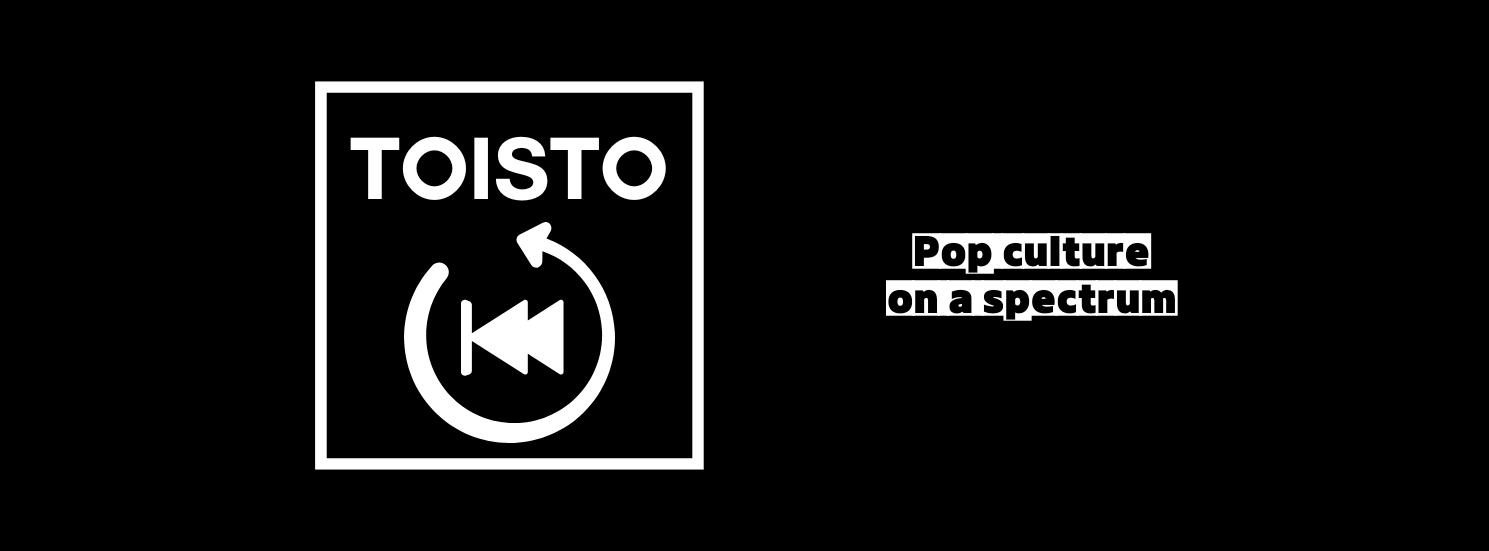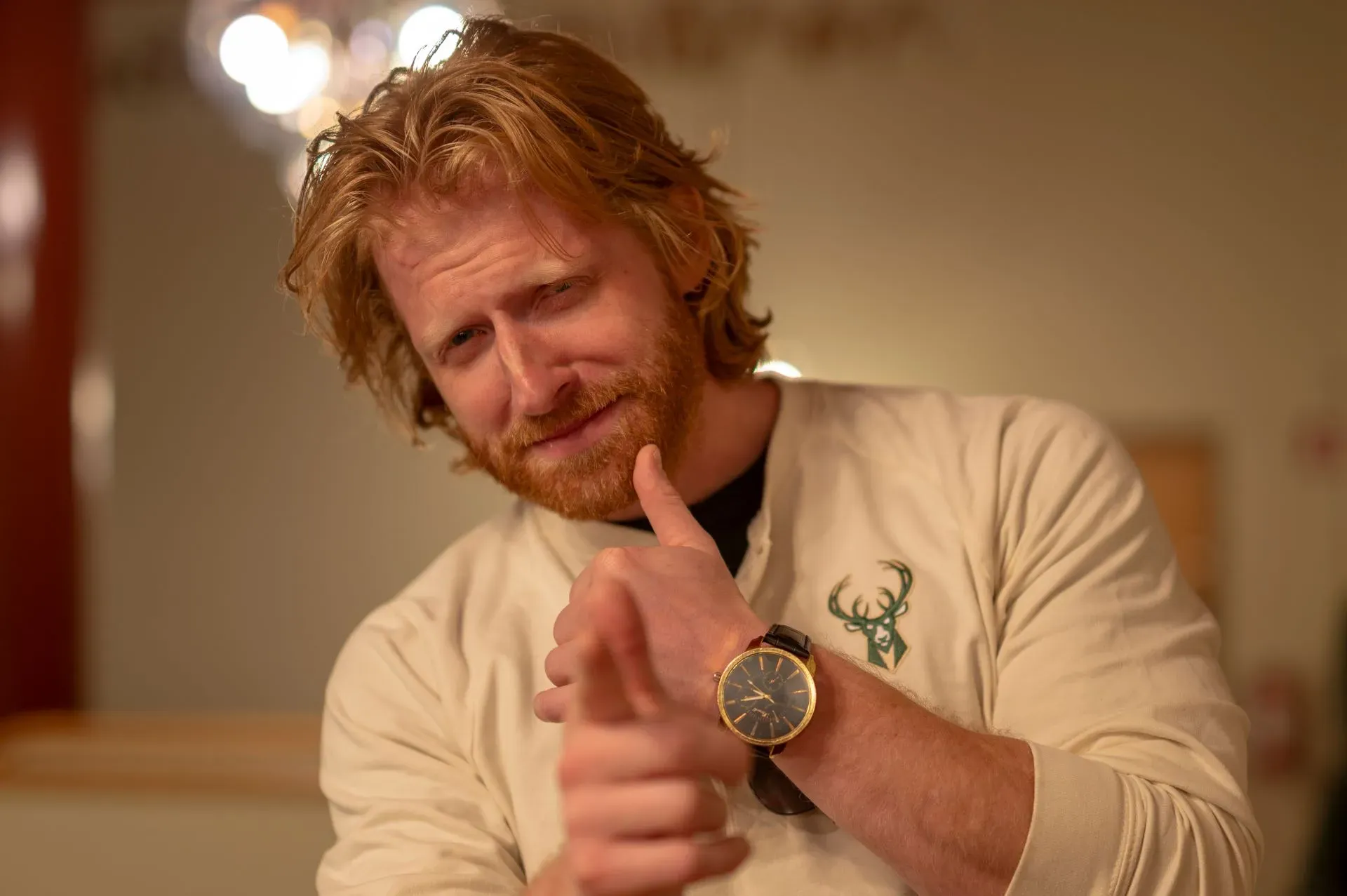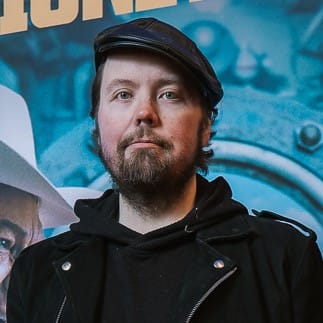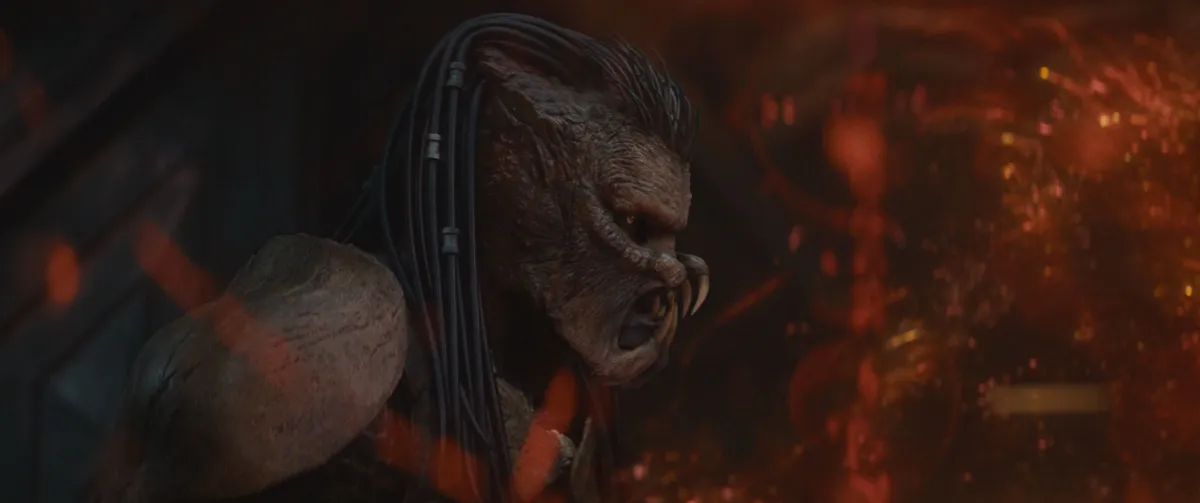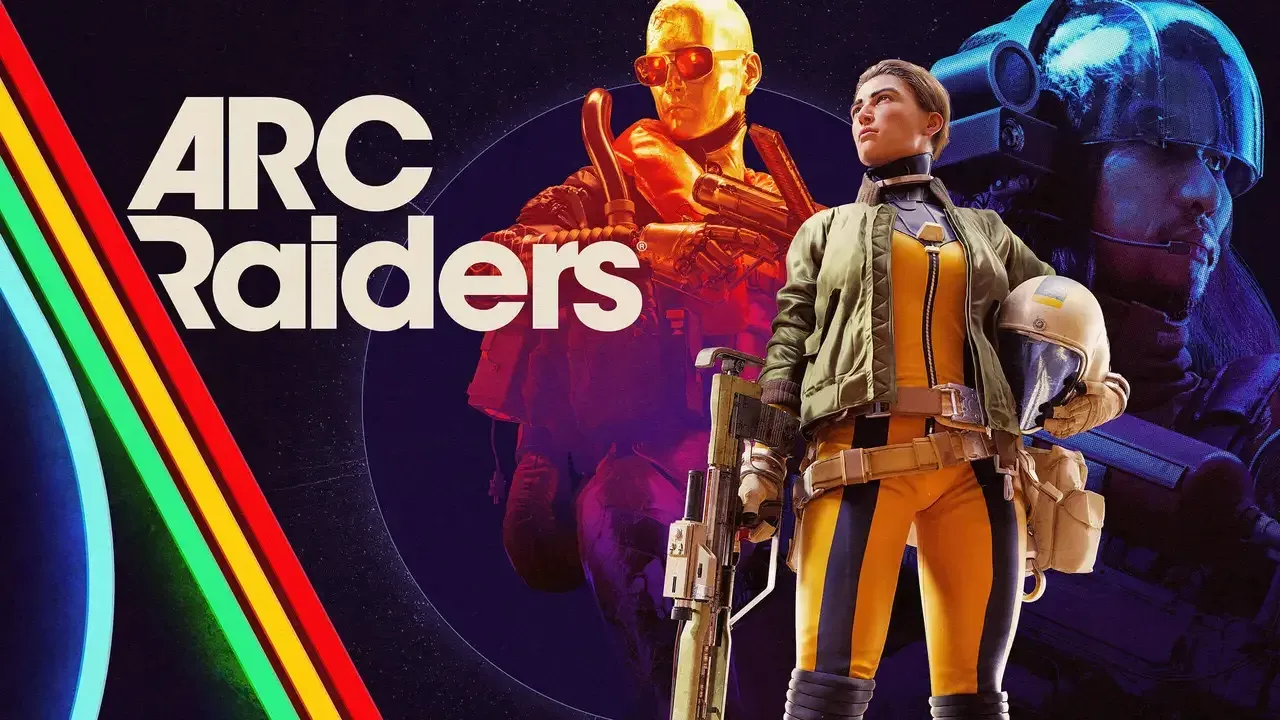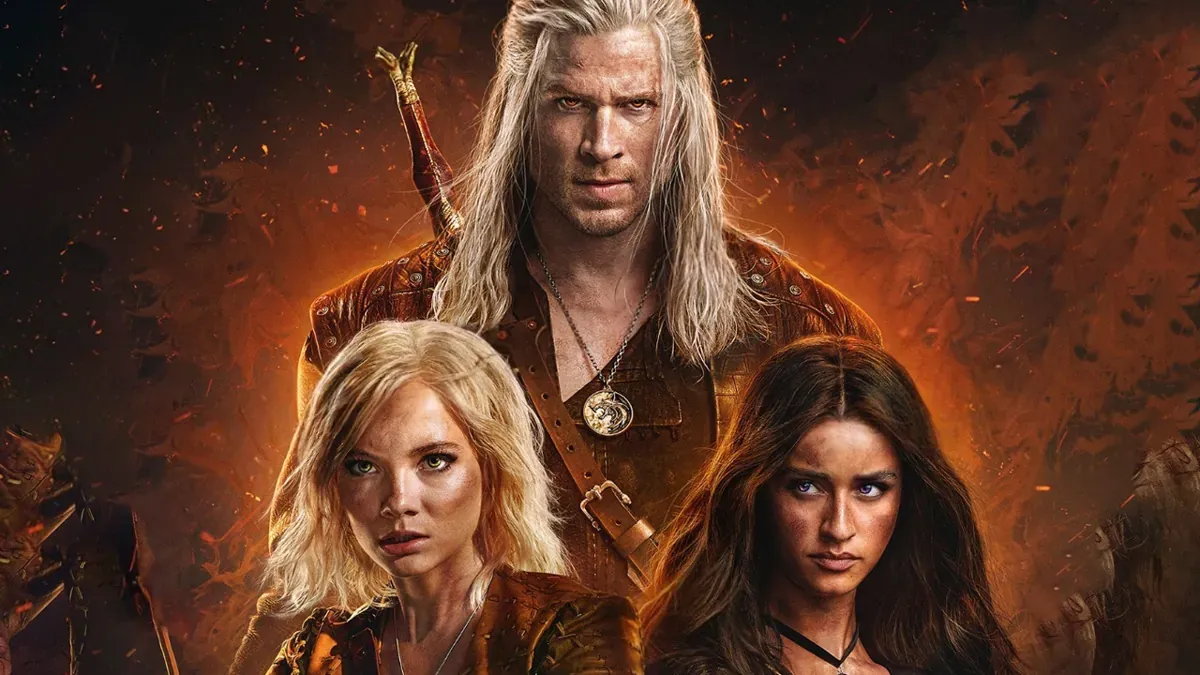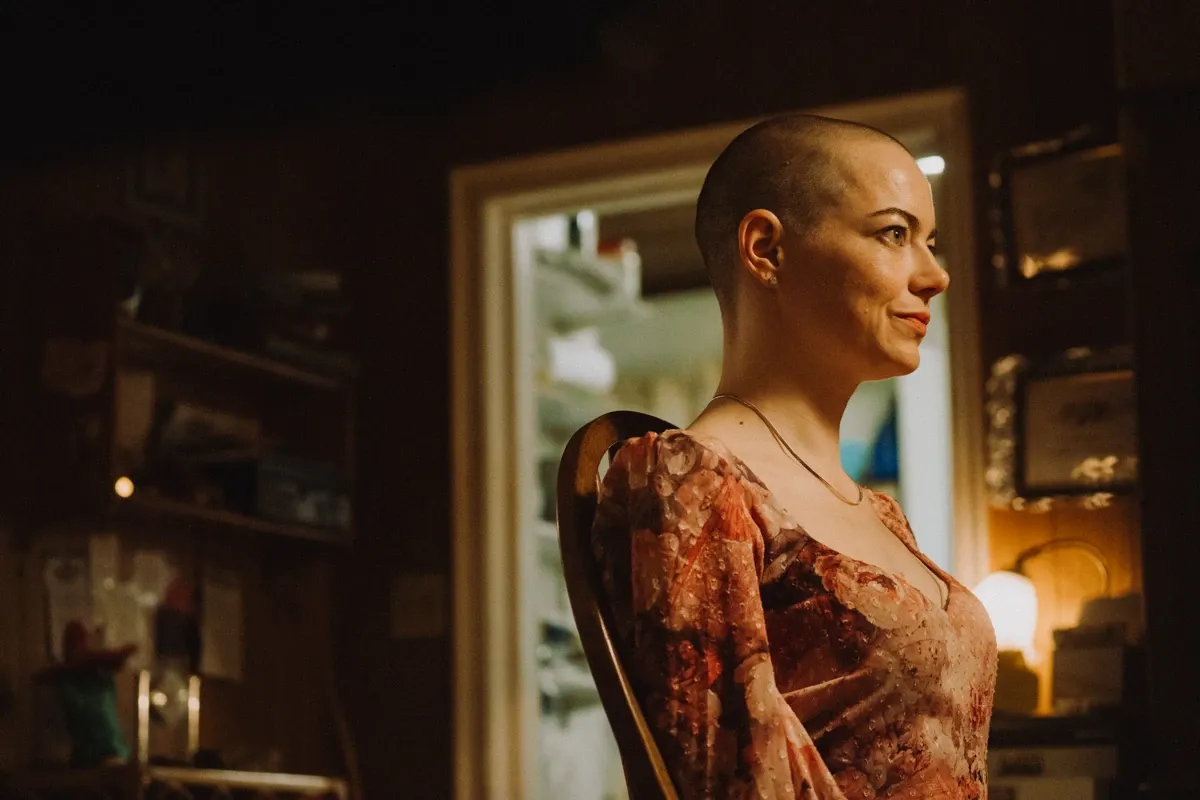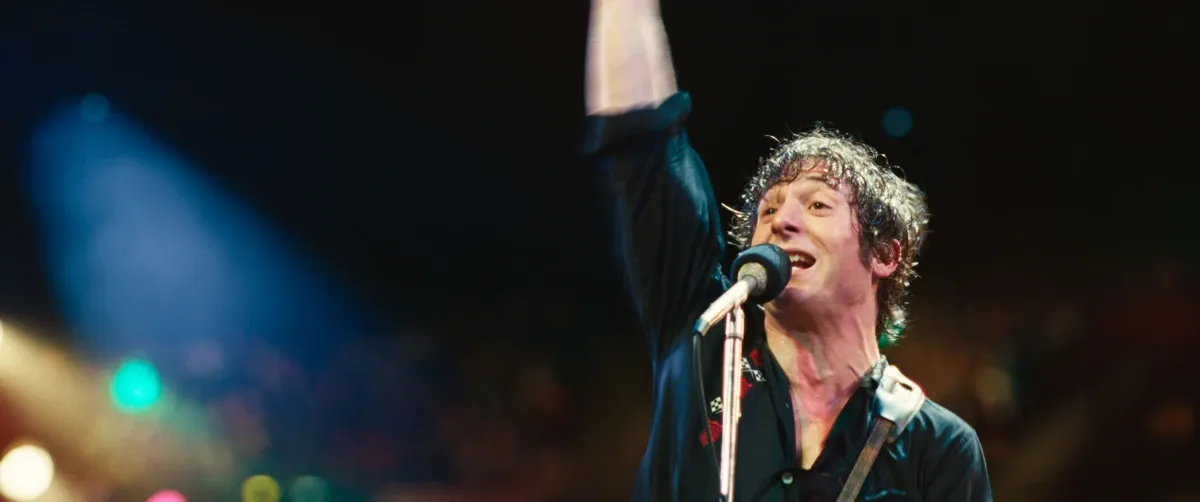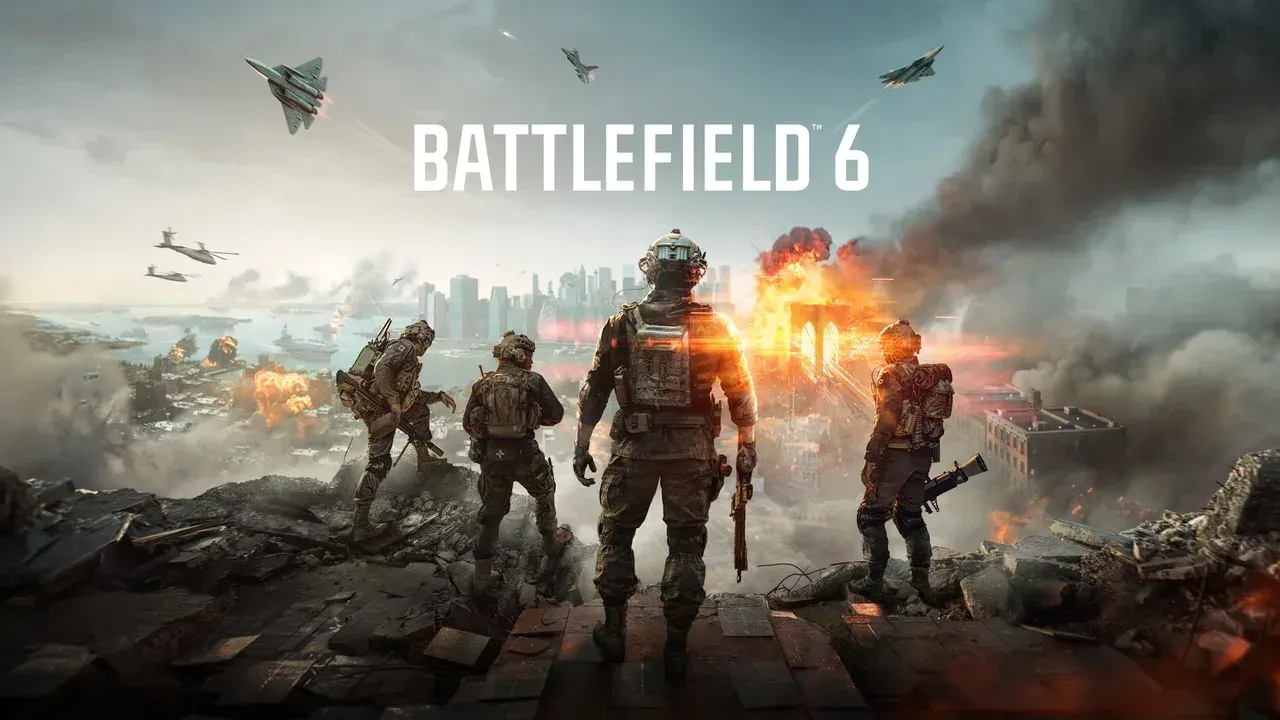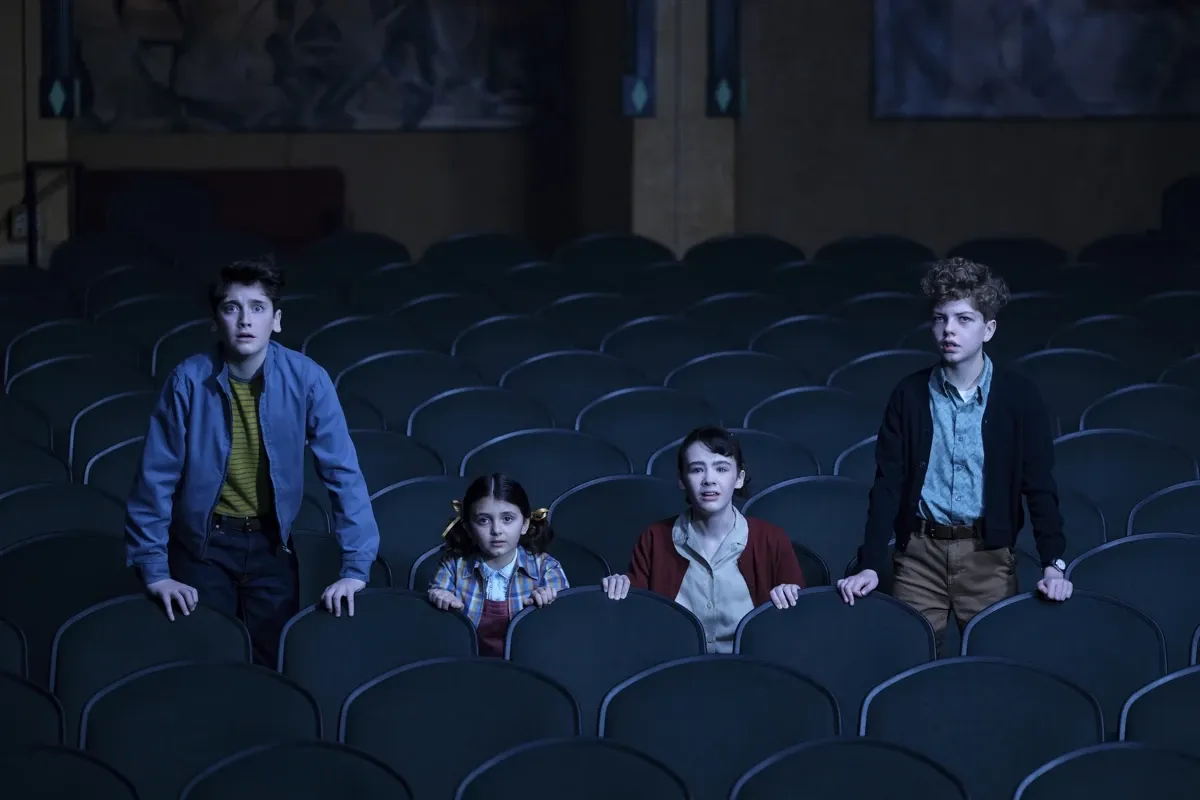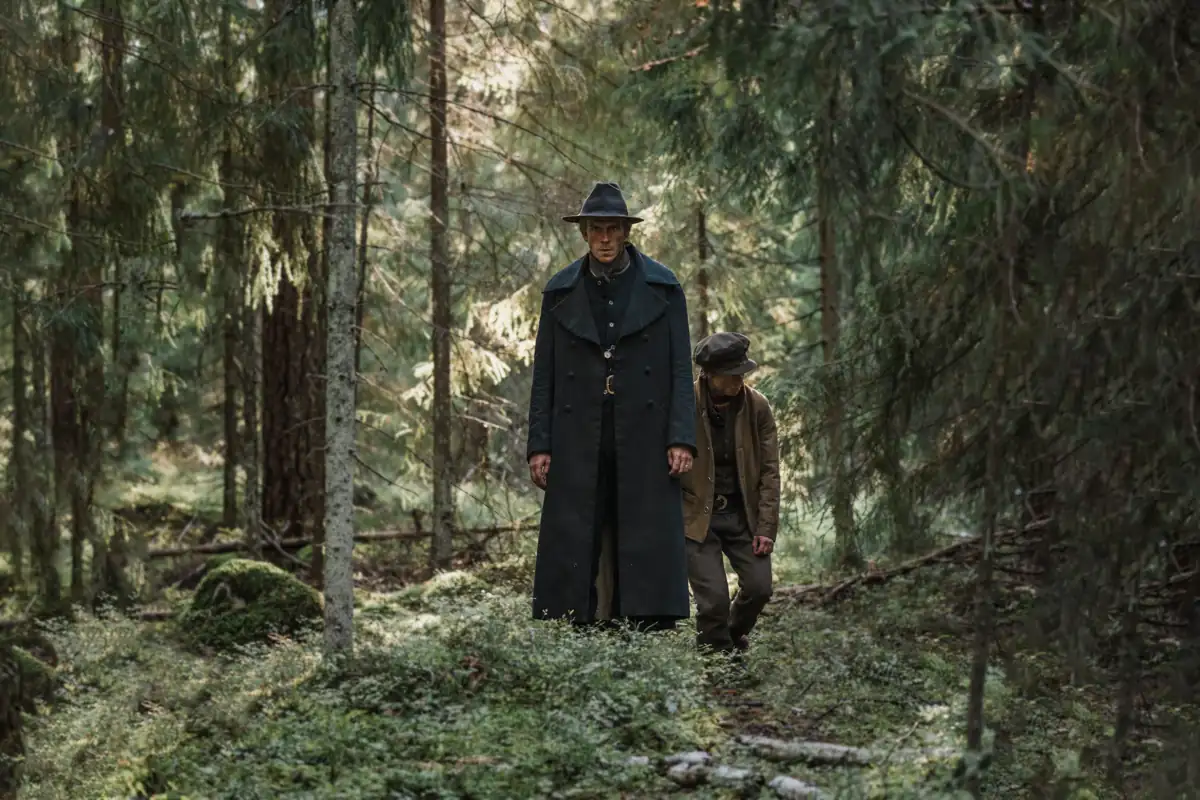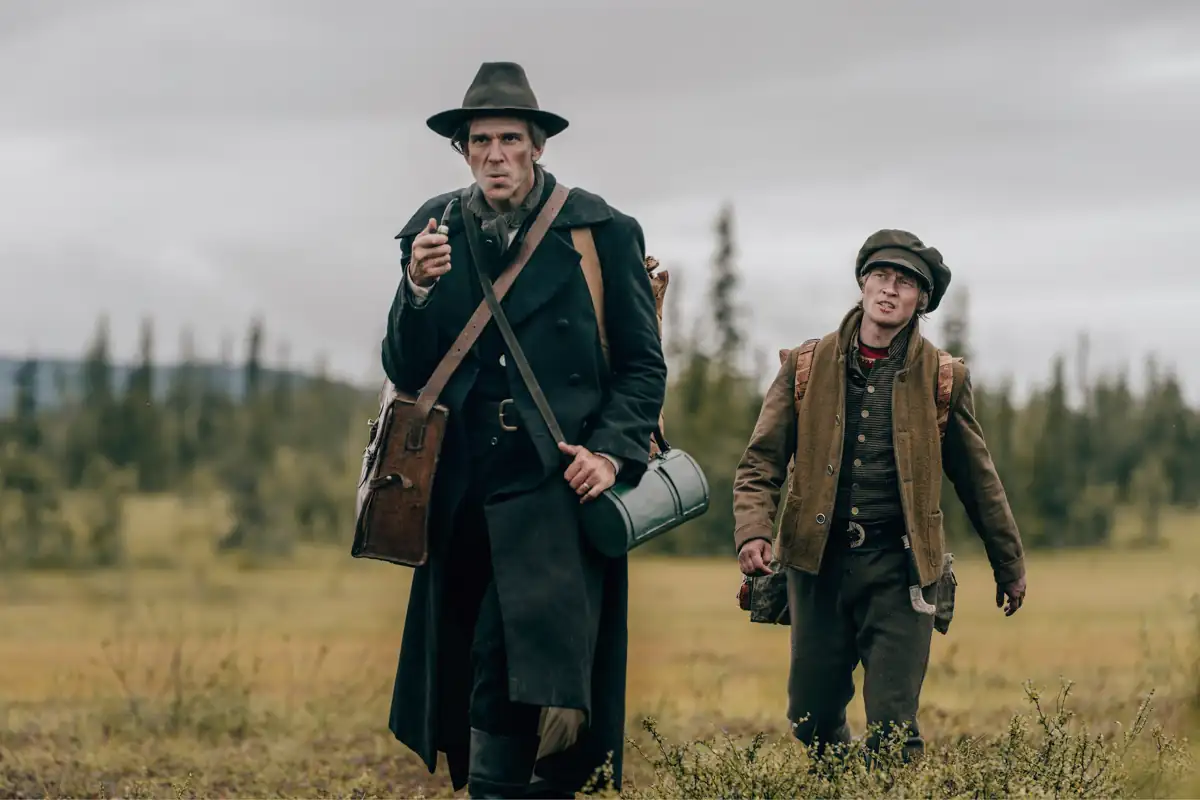I spoke with Ryland Brickson Cole Tews, the leading man in Hundreds of Beavers and Lake Michigan Monster, during his visit to Helsinki for the Night Visions Film Festival. Both films are screening at the festival this week.
Hundreds of Beavers showtimes.
Lake Michigan Monster showtimes.
This interview has been edited and condensed for clarity.
Let’s start with the obvious: Why beavers?
Like the animal?
Yeah, what was the point where you realized that a beaver mascot was funny enough to carry the jokes for a full film?
I think it had to be the beaver because it’s such an industrious animal. First, it’s a Northern Wisconsin animal. We shot everything there and in Northern Michigan, and that's where beavers live. But also, they’re the most like humans, I guess. And they have funny big buck teeth. They have that big tail. They’re always building big beaver dams and lodges. So, it becomes this great question later in the movie of like –
[He lowers his voice in a raspy drawl in the style of Tom Waits]
“What’s he building in there?”
You know, it becomes this big mystery. Beavers are so industrious and they’re always clogging our waterways. So, we thought they’d be like the perfect villain. They’ve also got this iconic look. We figured that would be perfect.
I had written in my notes that seeing that lodge build up over time, and constantly getting referenced, but never utilized until the end, was a great case of Chekov’s Beaver.
[Tew’s facepalms]
Beavers is also a very cinema-literate film. I particularly love John Grisham Beaver, who shows up with the suspenders and everything. Then you’ve also got the Sherlock Holmes Beaver, the Jeremiah Johnson references, and so on. What was the process like when you were putting it together and trying to explain it to the crew? Did you use a lot of references? Or was it a case of going like, do you know this film? That’s what we’re doing.
I think it was more like the latter. If you just say: “We want the southern lawyer beaver,” everyone gets it. They understand it like Foghorn Leghorn from Looney Tunes. Or like John Grisham. When we played Beavers at the film fest in Oxford, Mississippi, in the Southern United States, they just died laughing because they knew exactly what that character was. It’s just this shorthand of:
[He snaps at imaginary suspenders and affects a heavy Southern drawl]
“I might be just a humble southern lawyer here. But it seems to me…”
Everyone understands that archetype. Everyone in this movie, everyone we worked with, are our buddies from grade school, high school, and college. So, when we had an idea, they would just instantly know what we were talking about. We didn’t have to like to go into real specifics, because everyone knew exactly where we were coming from.
While Beavers has its share of green screen work in it, from what I understand a great deal of the film is mostly just you in the snow. Sometimes without a shirt. Was there any point where you were like: “We could just fake this.” Would that risk the film not being as fun as a result?
I think people see when something is green-screened and when it’s not. Yes, we did do a fair amount of green screen for Beavers. But, again, like you said, some of that green screen we were just shooting outside of our cabin outside anyways on a big green tarp. But we were in the green screen studio for some of the days. It’s just there are some angles that you just can’t replicate on a green screen. Especially things like the snow movement, when I’m walking through and kicking up snow, and you can see my breath. The way the camera is angled, you can’t replicate that in the green screen space.
I think people, when they’re watching beavers, they can really tell like, oh, they’re outside, like they’re really shooting this in the cold. Now, obviously, we wanted to edit it in such a way that it was sort of seamless like you didn’t really know if it was a green screen or if they were outside. But I think there are moments in the movie where you get a great sense of us being out there. Some of it, too, I think might be on my face. You can really see that I’m cold and weathered, or just tired. It’s not just some guy comfortable in a green screen studio. So even though it’s like a small thing, I think it makes a whole lot of difference.
And honestly, when you’re shooting things in the wilderness, you’re able to you think of different ideas. You get different angles, different shots that you aren’t able to do in the green screen studio. So, it really opens your whole mind up. Plus, at the same time, you think that shooting on a green screen is easier. But you still have to shoot the plates for the backgrounds or animate something. So, it is easier sometimes. But often, it’s not.
Your first film, Lake Michigan Monster, is a brisk 80 minutes and very talky. Beavers is almost two hours and completely silent. Was that a reaction to Lake Michigan Monster or just one of those cases where it was a happy accident?
I don’t think it was a reaction to Lake Michigan Monster. I just think it was more of a “let’s try to do something that no one else is trying to do.” You know? That’s what’s going to separate us because there are countless indie movies that come out every year. How are you going to separate yourself from the pack?
We started that with Lake Michigan Monster, this sort of “grain train” style as we put it, where it’s black and white, grainy, scratchy, like a 16-millimeter aesthetic. When you do that, you can do all these sorts of effects shots that you otherwise wouldn’t be able to do. We’re not making Avatar here. We’re not making Spider-Man. Lake Michigan Monster had 300 effect shots. You can’t do that if you’re going to make it with an amazing 4k image. But you can do it if you’re intentionally making it look like crap.
It makes an effect shot that would normally take a full day, now only takes an hour. That was the work of Mike Cheslik, who directed Beavers, and did all the editing and VFX on that and on Lake Michigan Monster. Thanks to the grain train, he was able to do it at a pretty solid clip.
So, working on Beavers was a combination of things we already learned on Lake Michigan Monster. We took those visual lessons and brought them to Beavers. It was us saying: No one is doing this kind of black and white, grainy style, and no one is trying to do physical comedy. And no one is certainly trying to do a silent physical comedy. We were just trying to separate ourselves from everything that anyone else was doing, and really challenge ourselves to the point where we would ask: How can we make this movie? How can we tell a story entirely through action?
Because at the end of the day, that’s what Charlie Chaplin, Buster Keaton, and Harold Lloyd were doing in the 20s. They told the whole story without talking. People love those movies. But then we heard people say: “They don’t make silent movies anymore. It’s a real shame they can’t make those anymore.” And it’s like, no, no, no, there’s no rule against it, you can still do that! It’s just that no one is.
So, instead of making a talkie, we made it a movie. Because that’s what it is. That’s the medium, trying to tell a story without any talking. We figured, why not ring in the 2020s, you know, the roaring 20s, as it were, 100 years later, with something familiar.
I’m glad you brought up Keaton and Chaplin because Keaton especially has a great visual vocabulary for teaching the audience what’s going to happen. That’s been replicated throughout the years, like in the films of Jackie Chan. Where he shows where the action is leading and teaching the audience the rules as they come. I think Beavers has that same mentality. You have an underdog who, in every scene, begins at the bottom. It’s almost like a video game logic, he learns a new thing, he picks up a new item, and he teaches how it works to the audience. So, in the end, when they all come together, you have already learned all this through storytelling.
Totally. That’s what we wanted to do. The video game mentality of learning a thing step by step. Usually, a movie would just have a montage of the guy failing and learning. But instead of doing a montage, we just literally show everything, every step of the process.
I think today, with so many people playing video games, they are willing to go through that entire process of zero to hero. How did he become this guy? Like you said, he gets one little win. But then there’s a setback. Every time there’s a step forward, there’s two steps back.
It plugs right into Jackie Chan, and what he’s doing in his fight scenes. Of course, Jackie Chan’s amazing with his Kung Fu and all his visual comedy or using different things in the room. But he’s always very vulnerable. Even though Jackie gets a win in a fight scene, he gets hurt, or he falls off a thing. It’s the same thing with Buster Keaton, or Chaplin, where it’s like, as soon as they finally get a leg up, something bad happens.
I think that’s the principle we wanted to apply with Beavers. Because it works so well to get you on the side of the protagonists. If you have to sit in a theater and look at my mug for almost two hours, you better like this guy! He can’t just be an invincible action hero. He must have all these vulnerabilities and pretty much be bad at his job for most of the movie. That’s what makes it so satisfying when he finally overcomes all of this. He becomes the hero by the end, but it is a struggle to get there.
Lake Michigan Monster and Beavers are both really gag and set-piece-heavy. When you started writing them, did you have a structure in place, or did you write the films more based on what jokes you came up with and then crafted the narrative around them?
In Beavers, we wanted all the gags to culminate into a Rube Goldbergian device. One thing leads to another, and it all builds up exponentially. That was in our mind because the whole idea of a trap line, like when actual Fur Trappers do a trap line is, it’s just that you set all your traps. Then you go back the next day and check them, and oh, some work, some didn’t. And if they don’t work, you adjust them a little and go to the next trap. Then, the next day, you repeat that. So, it was a combination of real-life trap line stuff, combined with just this culminating thing where, in the end, all the traps are working. But it’s done in such a way that it’s again that Rube Goldberg device. That’s where the comedy comes from, so we had a plan in place for that.
Lake Michigan Monster was more of a super low-budget movie. So that was more a case of: what locations do we have to shoot at? The whole arc for the characters, like Seafield, was different, too. He’s a scoundrel, he’s a charlatan, he’s a scallywag. Like he’s just that, and he’s like that for 65 minutes of the movie. It’s not until the very end that he realizes, okay, if I want something done, I must do it myself. That’s sort of like, quote-unquote, character growth. His arc is being a bastard and overcoming his bastardization a little bit by the end.
The Rube Goldberg structure also helps with the callbacks and references. I bring back Jeremiah Johnson since it’s one of my favorite films, and how, in that, Johnson learns to add his spin to things, even as he gets more animalistic by the end.
Yes, totally. We wanted everything to be a callback in Beavers. When you’re watching it for the first time, like the first act, especially, everything seems so throwaway. So, you might think, oh that was funny. But why was that in there? But hopefully, as you just keep watching, you’ll realize that everything in the movie connects to something, and it helps him the hero in some remember things from his past. I just think it was just very satisfying to tie all these things together. And I think it’s satisfying for the audience.
I’m glad you brought up Jeremiah Johnson because that was a huge inspiration for the movie. We even have that well-known GIF in the damn movie. We literally replicate it for a scene!
I swear it turned me into that “Leonardo DiCaprio pointing at the screen” meme when I saw Beavers for the first time.
There’s a lot of that in Beavers. There’s also a movie called, and I don’t know a lot of people who’ve seen this movie, but it’s called Death Hunt.
It’s got Charles Bronson, Lee Marvin, and Carl Weathers, and it’s about Canadian mounties. Lee Marvin has to catch Charles Bronson because he murdered someone or something. But there is a moment in that movie where Charles Bronson is running away from Lee Marvin, and he puts his snowshoes on backward while he’s running. So, they’re trying to track Charles Bronson, and they’re looking at these backward tracks. Lee Marvin is trying to track Charles Bronson. And it leads him in the complete opposite direction because he thinks he’s obviously using the snowshoes correctly and leading him towards where he is. So, Bronson’s actually on the opposite end of Canada or whatever.
So, we thought, beavers are track heavy. So, of course, we had to steal that! We brought that into Beavers when I leave the wolf lodge. These four wolves come out, and three of them look at my footprints, and they see, oh, his tracks lead that way, off to the left, let’s run that way. But one wolf is thinking to himself, hang on, I’ve seen Death Hunt. He looks at the tracks leading the other way that are backward. Then lo and behold, I’m up in the tree wearing the snowshoes backwards, just like a Death Hunt. So that’s a long-winded way of saying there are lots of influences for Beavers, both the obvious ones, like, you know, Keaton, and Charlie Chaplin, and Jeremiah Johnson, but also obscure ones, like Super Mario Galaxy 2.
The film also has an oddball structure. I think the title doesn’t come up until halfway through the film.
More than that. It’s at the end of the second act.
What was the inspiration to do that?
I just think it’s hilarious!
It’s in a scene that’s pretty pivotal to the film. We’re showing everything else visually, but we thought at this point in the movie, there’s no other way to show this. You just need the father to say this. You just need to say, okay, the only way you’re going to marry my daughter is if you get me hundreds of beavers. Like, you must tell that to the audience. So, we knew we needed to do it in a clever way. Then we thought that should be the first time the title drop happens finally.
I think it’s inherently funny because it comes about an hour into the movie. But it’s also like with the old James Bond movies, where the title will come in 15 or 20 minutes into the movie. And you’re thinking, wow, I’ve been watching this movie for a while. Now the title happens! I have quite an adventure ahead of me, you know? So that’s it. I think that’s the basic premise. It’s just so absurd, but the movie is already so absurd that it’s like why not just put the title there, too?
What was the moment when you realized the gags were working?
Well, it’s a lot of trial and error. Mike and I were writing and boarding Beavers out for quite a long time. It was months of drawing little note cards and rearranging them on a table to figure out how this would play out. Obviously, you have a lot of ideas that don’t go in, because of all the ideas you have, they not only have to be strong, funny ideas, but they also have to plug into the central story of the movie. For instance, the trap line. It takes a long time. There’s no magic formula. I know that’s the boring answer. But you just have to work really hard at trying to be funny.
But at the same time, something that we always kept in mind, and you brought up too, is films like Airplane! and Police Squad. Anytime the Zucker Brothers do a movie, it’s so clear that you must first establish a believable world. Only after that, you can flip it on its head.
I think the Zucker Brothers don’t get enough credit when they do that. We tried to do that with Beavers and make a believable world. It’s the same thing that Monty Python and the Holy Grail does. If you watch Holy Grail without any jokes, it still looks like the Dark Ages. It feels like the Dark Ages! Everything about it, they get the aesthetic down perfectly. Everything is gross and dirty. It’s only after that they joke about it. You can’t just have the whole thing be a joke.
That’s kind of what we want to do with beavers. We need to establish that there is weight to this world. Even though it plays like a Looney Tunes cartoon. People can get hurt, people can die, people get torn apart. That was something we really focused on.
I’m glad you brought up Police Squad because if you look at the first of those films, it’s basically structured like a 1950s cop movie. That’s why it’s so funny when they break the narration device, where Drebin asks himself things like: “How could this murder have happened, and who shot Nordberg?” Then he looks up, lost somewhere outside the city limits, and continues the narration with: “… and where the hell was I?”
Absolutely. I bring it up because people don’t usually ask me about that. Like when we’re doing Q&A, or when journalists ask about the film. That’s why I’m glad you brought it up because I think that’s so it’s so key to making those kinds of comedies work. You must legitimize the world before you flip it on its head.
I think that grounded nature allows us to understand basic emotions. We totally get why the hero would do all this for Olivia Graves, who is hysterical in her part.
She’s great.
She always gets one of the biggest laughs in the film. She’s incredibly gifted as a pole dancer, but I couldn’t help but feel for her doing that scene, because it looks like it’s shot outside!
Well, again, this is why you shoot black and white, in that grain train style. Because we shot that scene at a strip club in Milwaukee. And we put a green behind her and the pole. Then we superimposed it against the cabin. There we go. Movie magic.
But it is funny, because originally my idea was that we get a kiddie pool, and I know a concrete guy, and we’re going to pour concrete into the kiddie pool and stick a pole in there. Then we’re going to get Olivia to do the pole dancing there. I was talking to my buddy Cleat, who is the concrete guy, and he pointed out that it would cost a lot of money. Then Olivia pointed out that, yeah, it’s gonna be really cold. She can’t slide down the pole and do the turns if it’s that cold.
So, we figured that we’d just shoot the shoot the plate of the side of the cabin and then we’ll shoot Olivia against green at this strip club. Incidentally, we found that strip club through Cleat, who, after telling us concrete is too expensive, said he does know a guy who owns a strip club.
It didn’t even register to me that it was a green screen. I was just concerned for poor Olivia the whole time. But it’s such a good gag. And again, it works because the story works so well.
Totally, totally. And again, it was like, I mean, it’s like an absurd joke. But like, we just thought like, if we have access to Olivia, and she can do this. We have to put in the movie somewhere. It’s too funny not to.
You’ve now done something with water and something with snow. Both are arduous elements, stuff that would make Werner Herzog weep. Do you have the next thing lined up? And will that be something that’s less grueling for you?
Well, the next movie is not going to be as tough. We’re going to have a little bit more sure footing. This time, it’s not going to be as many sandy beaches and snowy landscapes. But it is going to have a lot more kung fu in it. And a lot more vampires.
